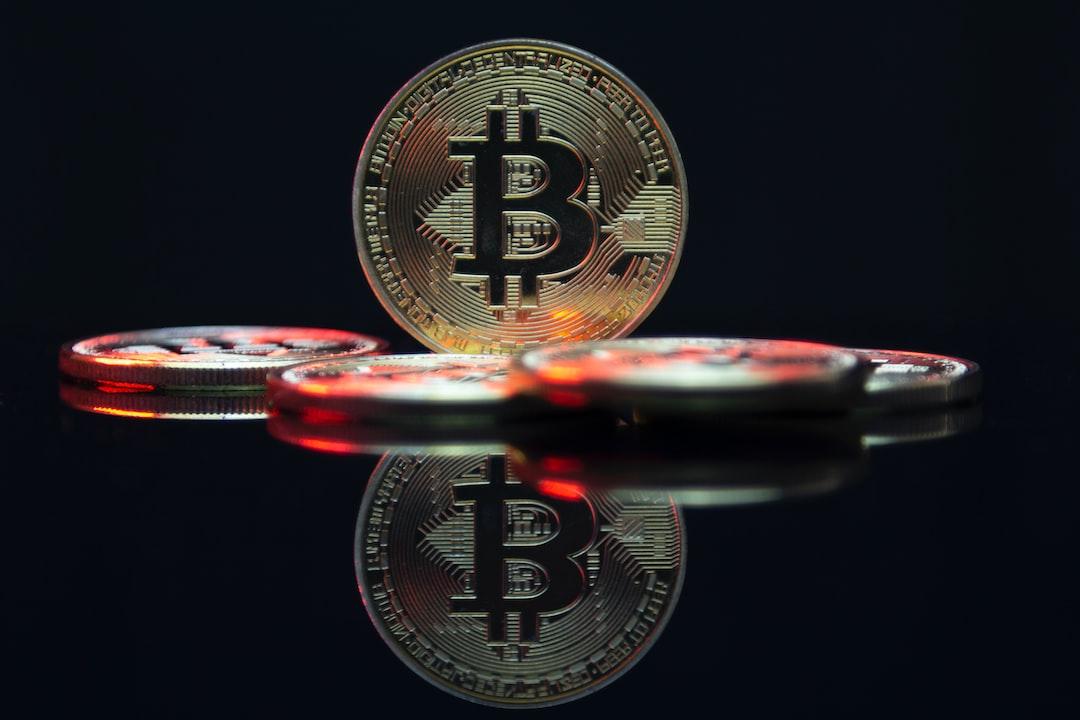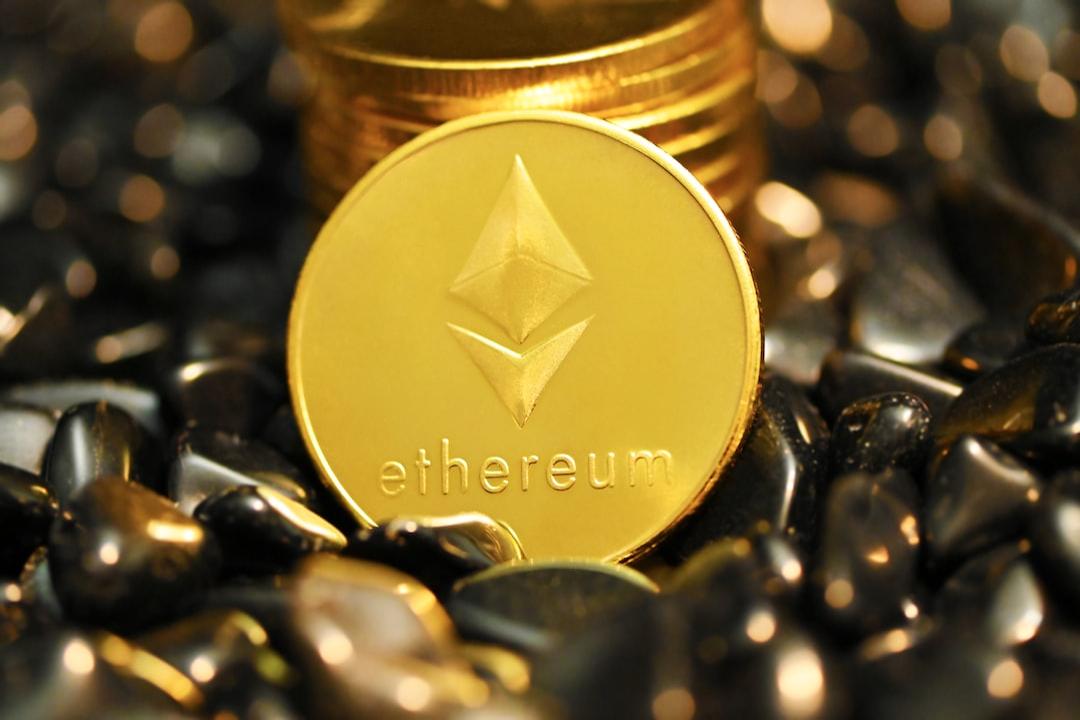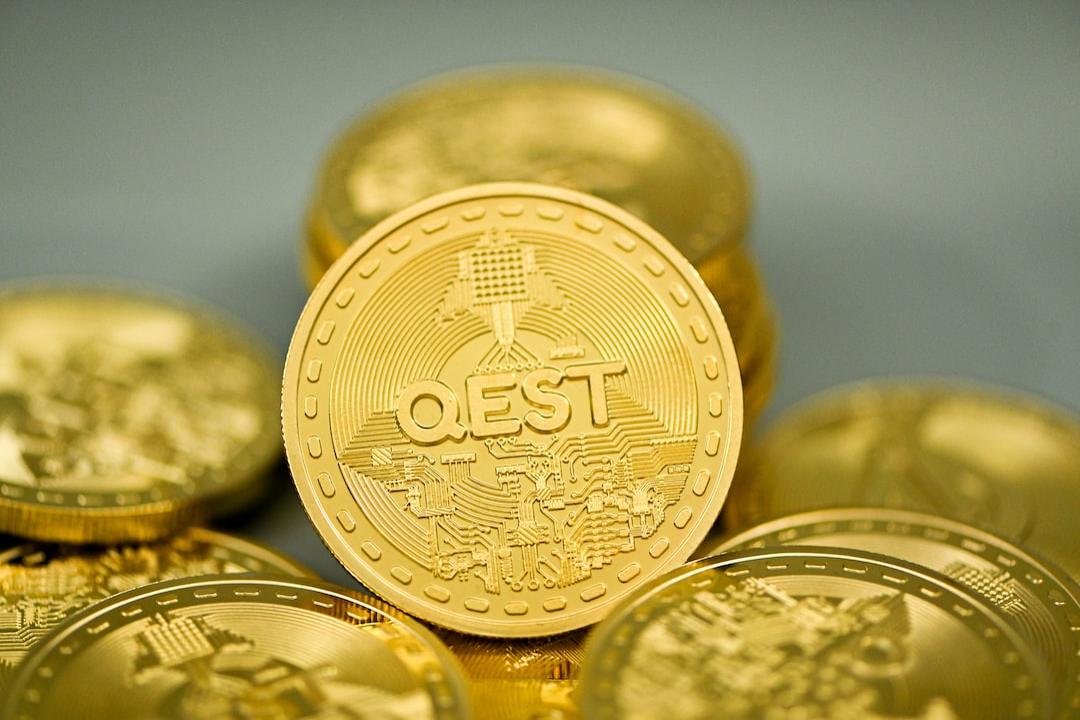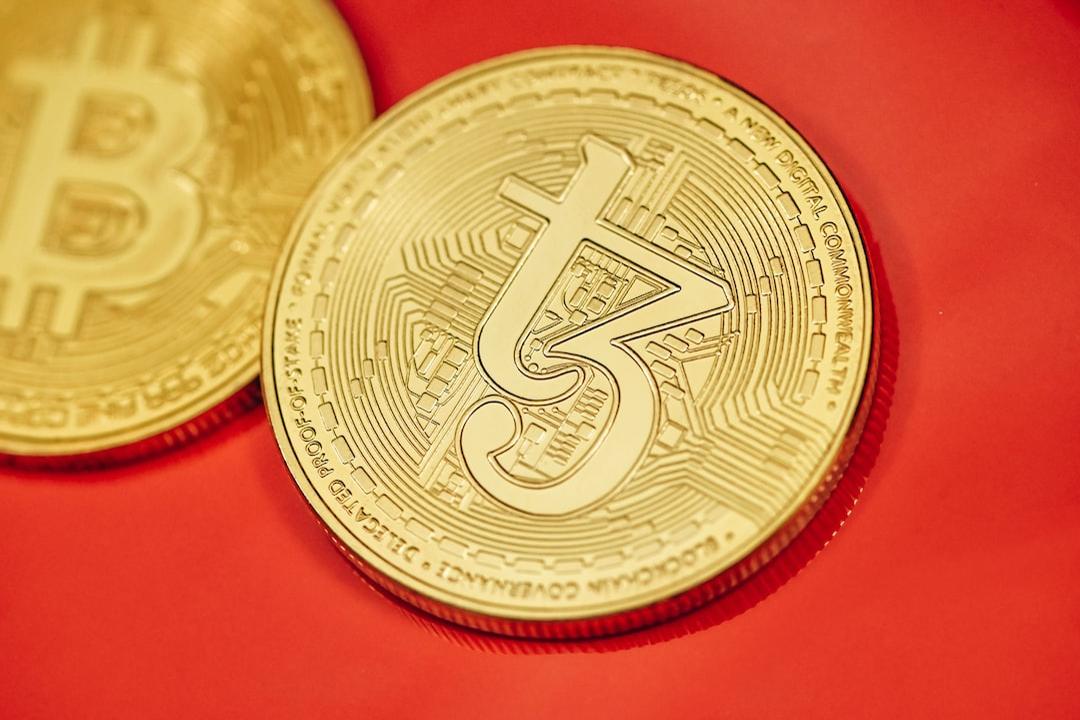Cryptocurrency exchanges must establish multidimensional comprehensive competitiveness to thrive in fierce competition. Continuous innovation in asset security, operational strategies, ecological value, and risk management is essential to earn user trust.
(Background: Coinbase will launch tokenized stocks, prediction markets, and IEOs in the U.S.: Moving towards a universal exchange)
(Background Supplement: Japan’s largest Osaka Exchange plans to launch cryptocurrency derivatives, while JPX is also considering launching crypto ETFs)
1. Market Performance: A Contest of Scale and Layout
The scale of exchanges’ holdings and trading volume directly reflects their market penetration and user activity. At the same time, the holdings and trading volumes of major exchanges in different markets reflect their ecology and strategic layout. Among them:
Binance leads other exchanges with a daily average spot trading volume of over $14.6 billion and a daily average derivatives trading volume exceeding $60.2 billion (CoinMarketCap data as of June 25, 2025).
Deribit dominates the BTC options market, holding approximately 80% of the global BTC options market share according to Coinglass data.

2. Asset Security and Transparency: The Cornerstone of Trust
The security of user assets is the lifeline of exchanges. The ratio of clean assets can reflect the quality of the redeemable assets held by the platform, serving as a core indicator of the financial health and safety of the exchange’s funds. A higher ratio indicates a lower likelihood of the exchange misappropriating user assets or relying on high-risk leverage.
In DefiLlama, the clean asset ratios of some exchanges are provided.

Among them, Robinhood, Bybit, Bitmex, and Deribit exchanges have a clean asset ratio of 100%, indicating that these platforms’ reserves are almost entirely composed of highly liquid assets such as BTC, ETH, and stablecoins.
Proof of Reserves (PoR) ensures that custodians hold sufficient on-chain reserves to cover all assets on the exchange accounts while possessing the ability to honor redemptions. Leading exchanges like OKX have proactively disclosed detailed PoR data on their official websites, as shown in the following image from OKX’s website.

3. Fee Strategy: Enhancing Capital Efficiency and Attracting Users
Fee strategies not only effectively improve the utilization efficiency of user capital but also offer more targeted service options. Exchanges can enhance their competitive advantage in the market through differentiated fee strategies.
According to Coinglass data, the trading fee rates for mainstream exchanges for spot and contract trading are as follows:


A reasonable fee structure can provide users with more targeted service options, lower trading costs, and thus enhance the platform’s attractiveness.
4. Core Revenue Sources: Diversified Profit Models
The income structure of exchanges supports their continuous operation and development, mainly including:
– Trading Fees: Trading fees are fixed percentage charges that exchanges levy on users for each digital currency transaction, typically representing the core and most stable source of income for exchanges, characterized by significant economies of scale. Trading volume and platform activity directly determine the scale of income.
– Withdrawal Fees: Users must pay transfer fees (miner fees) when withdrawing assets from the exchange to external wallets. Exchanges usually charge slightly more than the actual network costs.
– Listing Fees: Listing fees refer to the one-time or periodic fees paid by project parties to have their tokens listed on the exchange. Leading exchanges usually possess strong bargaining power, and the income generated from listing is considerable, serving as an important mechanism for the platform to filter projects.
– Other Income: This includes advertising revenue, wealth management product income, platform coin income, etc.
5. User Acquisition: Precise Touchpoints and Conversion Paths
Using the AIDMA consumer behavior model (Attention -> Interest -> Desire -> Memory -> Action), the user conversion path can be clearly outlined, wherein:
– Attention: Triggering user awareness through advertisements/events
– Interest: Stimulating user exploration of product features
– Desire: Reinforcing the impulse to possess by highlighting benefits
– Memory: Establishing brand recognition to form a user psychological anchor
– Action: Ultimately converting into user purchasing behavior
Users from different backgrounds and exchanges of varying scales adopt different strategies.
For experienced new users, their AIDMA path begins with KOLs or project parties, as they develop interest in a new exchange offering desired features or activities, driven by lower fees and VIP thresholds. This leads to brand memory through personal endorsements or friend recommendations, culminating in conversion due to scarce tokens or exclusive events.
For novice users, who lack trading experience, the AIDMA path typically begins with social media platforms or friend recommendations. Their interest is piqued by the potential for profit, driven by a desire to earn through low-cost opportunities, and trust is built through friend recommendations, culminating in registration motivated by low-cost profit incentives.
Additionally, the strategies of large and small exchanges differ significantly.
For leading exchanges, with ample funds, a strong brand advantage, a wide range of products, and abundant KOL resources, they usually focus on brand building, high-visibility pipeline investments, attractive rebate systems, and cooperative traffic projects to fill user gaps.
Conversely, smaller exchanges, constrained by resources, often adopt aggressive strategies such as high rebates and early listings of popular tokens (traffic coins) to seize market share in niche segments or specific user groups.
6. Platform Coin Empowerment: Constructing Ecological Value with BNB as an Example
First, let’s look at a price trend chart comparing BNB and BTC.

From the price trend chart of BNB and BTC, it can be observed that BNB exhibits a similar price trend to BTC, showing a medium to high correlation. During certain periods, BNB has outperformed BTC.
In Binance’s white paper, the main functions of BNB are:
– Trading Fee Discounts: Platform coin holders can enjoy fee discounts within different holding ranges, essentially growing alongside the platform and sharing trading benefits.
– Participation in Platform Governance: Holding platform coins is required for project parties to apply for listings, or paying a certain amount of platform coins as a guarantee. Additionally, holders can vote on project listing choices.
– Burn Mechanism: Every quarter, Binance uses its profits to repurchase BNB and subsequently burn them.
As Binance’s ecosystem continues to develop, the use cases for BNB are further expanding, as illustrated in the following image:

From the overall Binance ecosystem perspective, over 50% of applications directly empower BNB.

Therefore, platform coins are vital carriers of the ecological value of exchanges. Taking Binance’s platform coin BNB as an example, its successful empowerment is reflected in:
– Value Foundation: BNB’s native trading attributes and the economic model featuring a built-in burn mechanism establish a foundation for value anchoring.
– Core Medium: Through the launch of Launchpad, Launchpool, and Megadrop, Binance has promoted BNB to become the core medium for cryptocurrency asset issuance.
– Scenario Dependency: Binance’s full-stack blockchain network BSC, opBNB, and GreenField, with thousands of on-chain DApps and nearly a million active addresses, further expand the application scenarios for BNB.
– Brand Effect: The brand effect of Binance drives BNB to further break the mold, similar to BTC and ETH, trending towards becoming one of the mainstream reserves of nations.
7. Crisis Response: Bybit as a Model for Turning Crisis into Safety
In February 2025, Bybit encountered a $1.5 billion hack of Ethereum, termed by blockchain analytics firm Elliptic as the largest cryptocurrency theft in history. Its textbook-level response highlights key elements of crisis management:
– Mature Emergency Mechanism: Bybit has established a mature “P-1 Event” emergency mechanism, conducting monthly simulations of major crises (such as outages or fund vulnerabilities). This ensures that when incidents occur, management can be promptly notified to form an emergency response team and initiate necessary actions.
– Transparent Communication from the Top: CEO Ben personally took charge of crisis public relations, releasing a handwritten tweet and initiating a video live stream within 40 minutes, directly addressing users and detailing the event’s entirety, effectively preventing misinformation and significantly enhancing public trust.
– Efficient Asset Compensation: By collateralizing BTC and USDT to borrow ETH from partners, Bybit filled the $1.5 billion gap in just three days, avoiding potential ETH price spikes that could result from direct market purchases.
– Systematic Security Reinforcement: Afterwards, comprehensive improvements to security systems were made, deepening anti-hacking collaborations and reducing reliance on third-party components to fundamentally enhance defensive capabilities.
Conclusion
In order to establish a foothold and achieve differentiated development in the fierce competition of cryptocurrency exchanges, it is essential to build a multidimensional comprehensive competitiveness: ensuring leading trading scale and market layout at the fundamental level while treating asset security and transparency as the cornerstone of trust; at the operational level, designing attractive fee strategies and precisely targeting user groups to optimize acquisition paths; at the value level, deeply empowering platform coins and establishing them as core value carriers of the ecosystem; and at the risk level, establishing a complete crisis early warning and response mechanism. Only through continuous innovation across multiple key dimensions and forming unique advantages can exchanges gain user trust and occupy a position in the ever-changing market.


